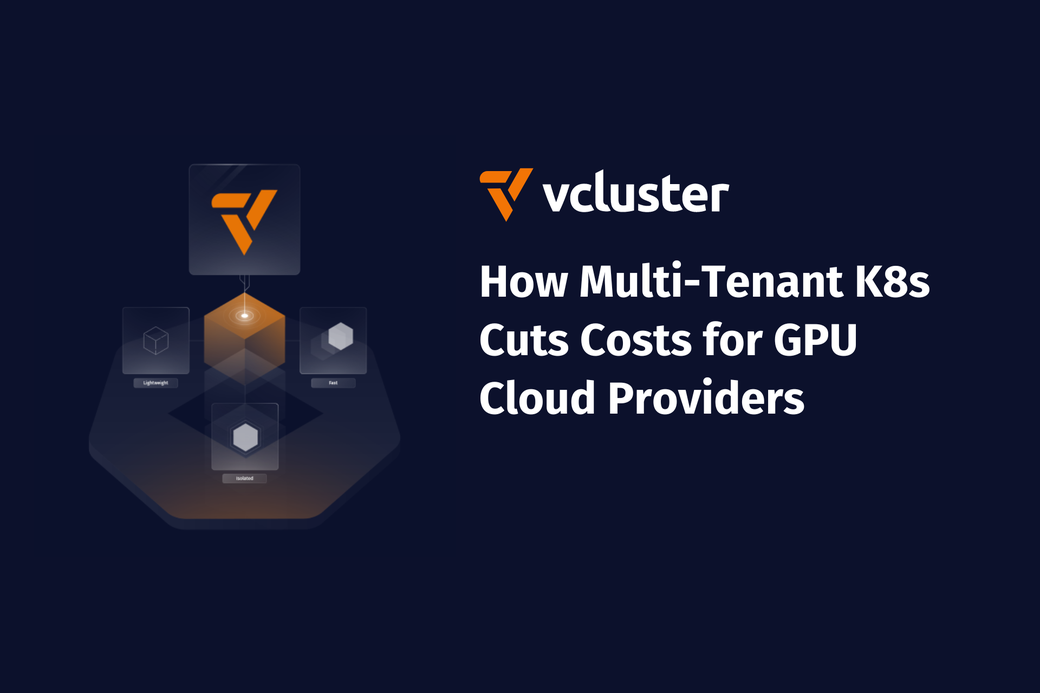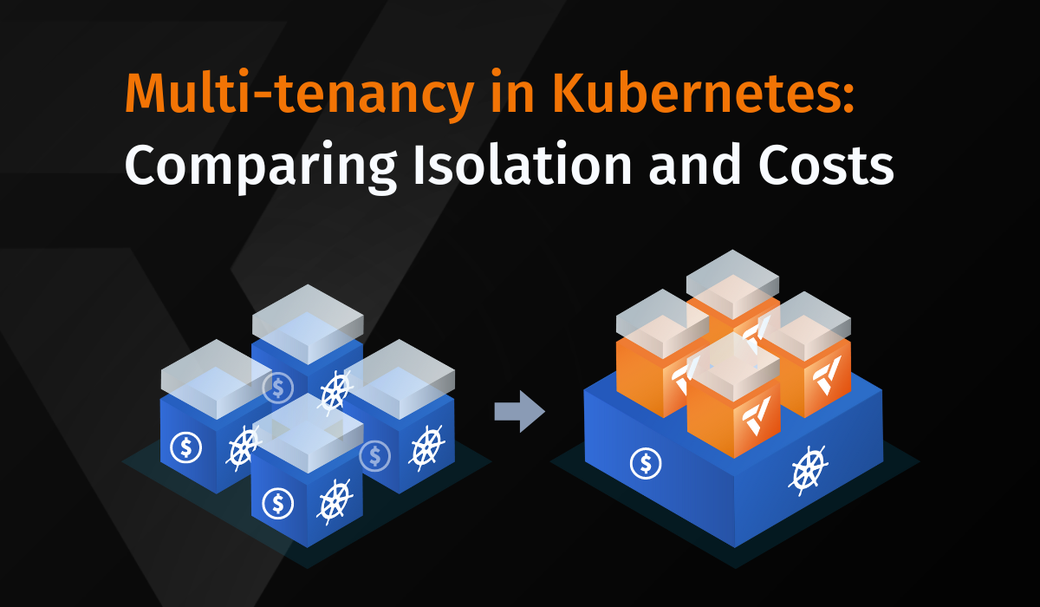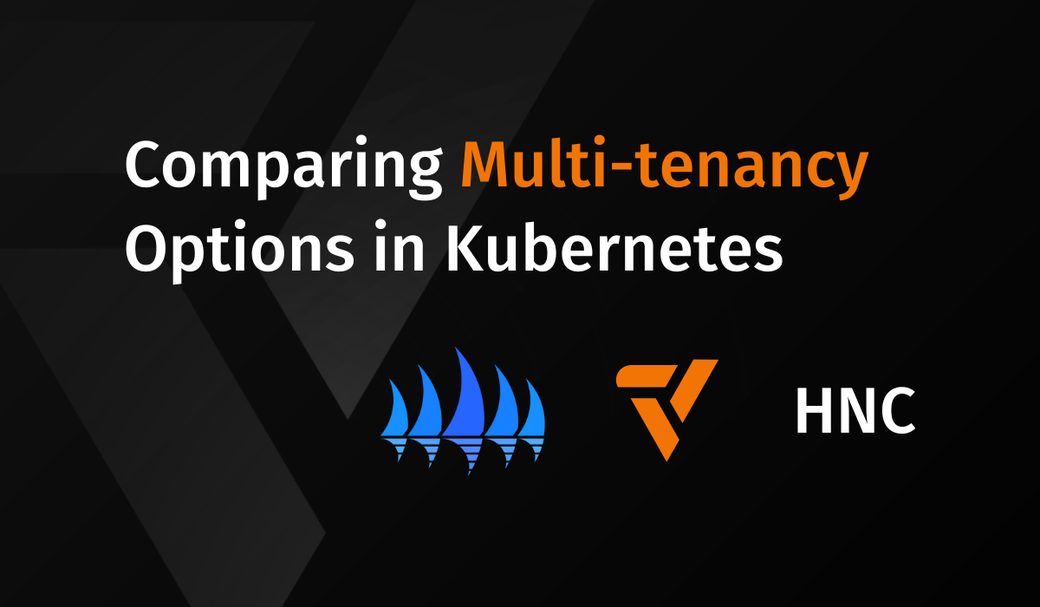Table of Contents
In the rapidly evolving landscape of cloud computing, GPU resources stand out due to their significant computational power, which is essential for tasks involving machine learning, scientific computation, and advanced data analytics. However, the high cost and intensive management requirements of GPU resources make efficient utilization a critical challenge for cloud providers.
Multi-tenant architectures offer a solution by enabling the sharing of resources among multiple users or tenant applications. This approach is not only cost-effective but also maximizes resource utilization. In the realm of Kubernetes, an open-source platform that automates Linux container operations, implementing multi-tenancy effectively is particularly crucial for GPU cloud providers. Virtual clusters emerge as an optimal solution for creating such multi-tenancy within Kubernetes environments. This blog post explores why multi-tenant Kubernetes is important for GPU cloud providers and how virtual clusters provide the best framework for achieving this.
#Why Multi-Tenant Kubernetes Is Crucial for GPU Cloud Providers
#Cost Efficiency
The primary appeal of a multi-tenant Kubernetes environment for GPU cloud providers lies in its cost efficiency. GPUs are expensive, and their optimal utilization can dramatically reduce costs. By allowing multiple tenants to share the same GPU resources, providers can ensure that these assets are used efficiently, minimizing idle time and thus reducing the overall cost of operations.
#Resource Utilization
In a multi-tenant setup, Kubernetes can allocate resources based on the specific needs of different workloads and tenants. This dynamic resource allocation helps in balancing loads and ensures that the capabilities of the GPU are fully utilized without over-provisioning or resource wastage.
#Scalability
Kubernetes naturally supports horizontal scaling, which is beneficial for managing GPU-intensive applications. Multi-tenancy allows this scalability to be economically feasible and more accessible for various tenants who might not have the resources to invest in personal clusters.
#Why Virtual Clusters Are the Optimal Solution
Virtual clusters represent a transformative approach to Kubernetes management, offering GPU cloud providers unparalleled advantages in scalability, security, and cost-effectiveness. Essentially, virtual clusters are isolated Kubernetes environments within a single physical cluster, allowing for efficient resource sharing and enhanced operational control. Here’s why they stand out as the best solution for creating multi-tenancy within Kubernetes clusters:

#Enhanced Isolation
One of the challenges with traditional multi-tenant Kubernetes setups is the potential for reduced isolation between tenants, which can lead to security vulnerabilities and performance interference. Virtual clusters create fully functional, isolated Kubernetes clusters on top of a shared underlying cluster. This separation ensures that the activities of one tenant do not affect others, enhancing security and stability across the board.
#Operational Flexibility
Virtual clusters offer unprecedented flexibility for cloud providers. They can easily spin up or tear down virtual clusters in response to tenant demands without affecting the physical cluster. This capability is especially important for GPU-based tasks that may require rapid deployment and reconfiguration of resources based on changing workload demands.
#Cost-Effective Resource Management
With virtual clusters, GPU cloud providers can offer a more granular level of resource management and billing. Since each virtual cluster can be monitored and managed independently, it simplifies the process of attributing resource usage to specific tenants, facilitating more accurate and fair billing practices.
#Simplified Management
Managing several physical Kubernetes clusters can be complex and resource-intensive. Virtual clusters consolidate management tasks, allowing cloud providers to administer multiple tenant environments within a single overarching framework. This consolidation significantly reduces the overhead associated with updates, security, and compliance.
#Conclusion
For GPU cloud providers, the implementation of multi-tenant Kubernetes through virtual clusters offers a blend of efficiency, security, and operational agility that traditional single-tenant or even basic multi-tenant approaches lack. As the demand for GPU resources continues to grow, the ability to provide scalable, cost-effective, and secure cloud environments will become increasingly critical. Virtual clusters are not just a solution but a strategic advantage in the competitive landscape of cloud services. By adopting this technology, GPU cloud providers can better serve their customers while optimizing their operational efficiencies and maximizing their return on investment.
Reach out to us today to learn more about how vCluster can help you reduce your Kubernetes cost and increase margins on your managed K8s service offerings. Contact us for a personalized consultation and discover the benefits of virtual clusters for your business.










